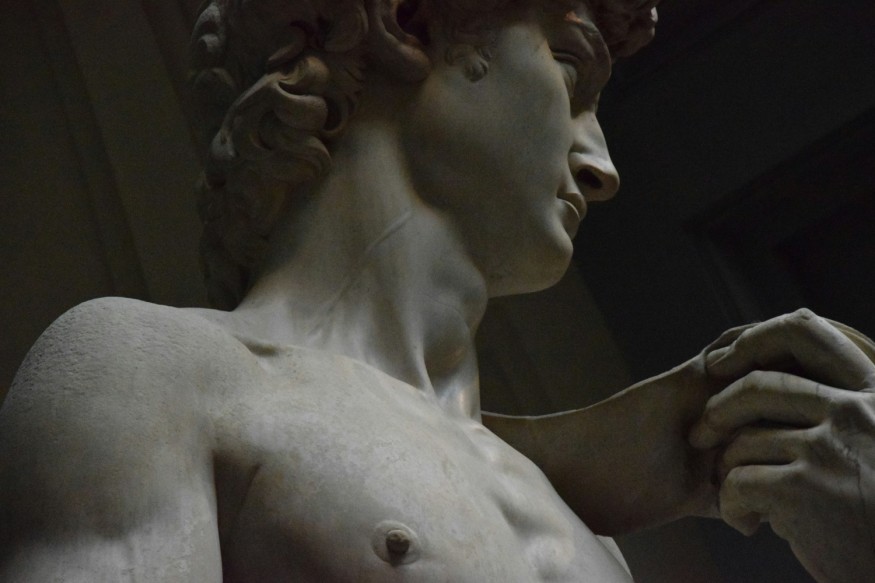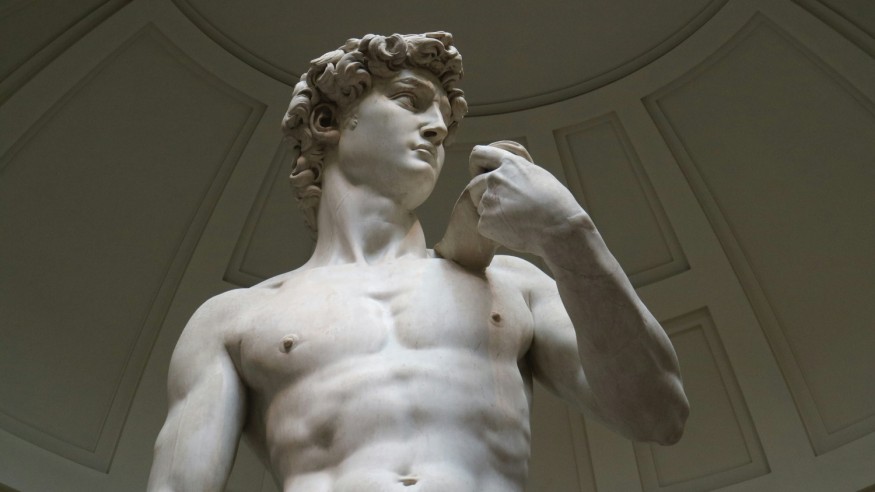Art History's 'Hot Rodent Men': A Look at Unconventional Male Beauty Through the Ages

In today's cultural landscape, it's not just washboard abs and symmetrical faces that capture our hearts. There's a growing fascination with "hot rodent men," disheveled guys with angular features who have become unlikely heartthrobs. This trend, popularized by figures like The 1975's Matty Healy and actors Jeremy Allen White and Josh O'Connor, resonates particularly with Gen Z. However, this attraction to unconventional looks is far from new. Throughout history, artists have often celebrated idiosyncratic charm and over-idealized perfection.
"It's an indication of the cyclical nature of tastes," says Daria Rose Foner, a specialist in Old Master Paintings at Sotheby's New York. The "hot rodent man" trend, highlighted by The New York Times and the Guardian, amused Foner and her team. They noted that several works in their upcoming sales seemed to fit this aesthetic, including a portrait by Jean François Sablet in the Old Masters Day sale in London."It's a turn away from that highly chiseled Brad Pitt type of male ideal to something that is much more relatable
.
Antiquity

The ancient Greeks immortalized the Adonis-like male form in marble, epitomizing physical perfection. However, during the Hellenistic period, starting in 323 B.C.E. with the death of Alexander the Great, artists began to rebel against these ideals. A mosaic depicting the Battle of Issus shows Alexander with a distinctly ratty look, marking a shift towards more relatable, less polished representations.
Northern Renaissance

Over a thousand years later, Michelangelo revived the idealized male form with his sculpture of David. In contrast, Northern Renaissance artists like Jan Gossaert preferred to capture their sitters' distinctive features. Scruffy beards and pointy noses became the trademarks of noblemen and merchants, predecessors of today's "hot rodent men."
Mannerism
The Mannerist period in Southern Europe further embraced the unusual. Artists like El Greco created works with strangely stylized, disproportionate bodies and distorted features. "From the Renaissance to Mannerism, we see the evolution from the idealized to the particularized," Foner explains. "Mannerism is all about idiosyncrasy and exaggeration, much like the hot rodent man trend today."
Romanticism
Jacques-Louis David used the Neoclassical style in Enlightenment-era France to transform even the "horribly ugly" revolutionary writer Jean-Paul Marat into a dreamboat. Conversely, Romanticism painters embraced rugged realism. Self-portraits by artists like Eugène Delacroix and Caspar David Friedrich reflect a fascination with intense human characteristics and over-idealized forms. "It's when we see an interest in the intensely human as opposed to an interest in the idealized form," Foner notes. "We see that push and pull time and time again."
Impressionism
The Impressionists, known for their gritty depictions of everyday urban life, avoided the smooth, polished Ken doll look. Pierre-Auguste Renoir's self-portrait highlights his "beau gosse rongeur" features, while Edouard Manet's sitters often exhibit a distinguished, lived-in appearance.
Modernism
While often preoccupied with deconstructing the pictorial plane, modernist artists still celebrated eccentric physical traits. Painters like Egon Schiele and Lucian Freud emphasized their subjects and their unique characteristics, earning them a place among the "hot rodent men" of art history.
The current fascination with "hot rodent men" is a modern trend and a continuation of a long-standing artistic preference for celebrating unique and unconventional male beauty. From the rugged features of Hellenistic warriors to the distinctive visages captured by Renaissance and Mannerist artists and the raw realism of Romantic and Impressionist painters, the allure of the atypical has always had its place in art history. Foner concludes, "The current craze is just the latest iteration of an age-old appreciation for the idiosyncratic charm over conventional perfection."
From Digital Models to 3D-Printed Homes: Jaspreet Kaur Lall Explains How the Innovation Changes the Construction Industry

Future Belongs to Green Construction: Sampath Kumar Paspunoori Explains One of the Key Trends in the Construction Industry

Kamala Harris' Campaign Ad Uses Iconic Visuals from Carrie Mae Weems to Connect with Voters

Historic Ancient Roman Ruins in Baalbek Remain Strong After Israeli Air Strikes; Locals Seek Cultural Protection

4 Ways to Honor Departed Loved Ones in Your Home Design













